TLIF surgery for degenerative disc disease (3D Animation)

Introduction
Imagine watching your spine being meticulously repaired through a 3D animation, revealing the intricacies of Transforaminal Lumbar Interbody Fusion (TLIF) surgery for degenerative disc disease. This visual journey not only educates but also demystifies a procedure that could change lives.
This article explores the application of TLIF surgery for treating degenerative disc disease, enhanced by 3D animation, to provide a comprehensive understanding of the procedure's mechanics, benefits, and recovery.
Understanding Degenerative Disc Disease
Degenerative Disc Disease (DDD) is a condition where the intervertebral discs in the spine begin to break down, losing their cushioning ability. This wear and tear is not just an inevitable part of aging; according to a 2021 study by the National Institute of Arthritis and Musculoskeletal and Skin Diseases, about 60% of individuals over 40 show signs of DDD, but only a fraction experience symptoms. Symptoms often include chronic back pain, numbness, and tingling in the extremities, which can severely impact daily life.
Diagnosing DDD involves a combination of patient history, physical examination, and imaging studies. MRI scans, as noted in a 2019 report from Johns Hopkins Medicine, are particularly effective in revealing disc degeneration, with a sensitivity rate of 92%. These diagnostic tools help differentiate DDD from other spinal conditions, ensuring patients receive the most appropriate treatment.
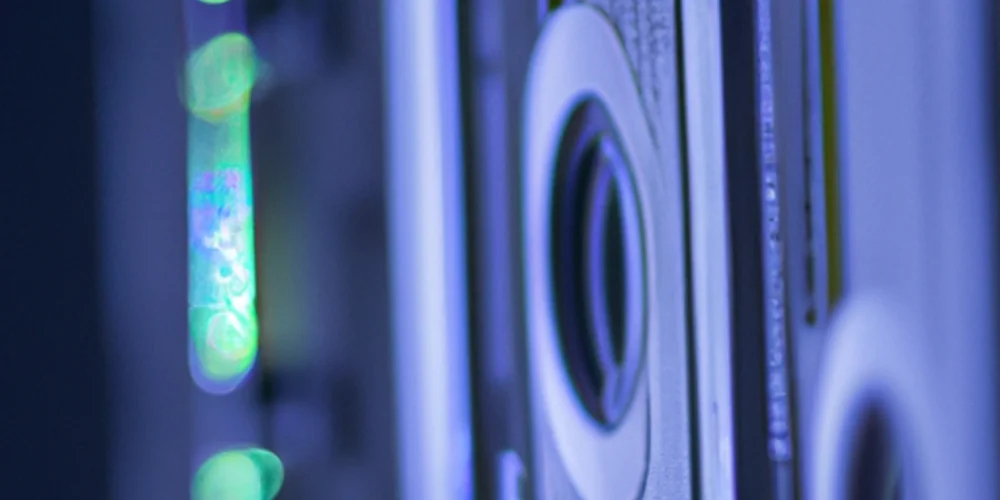
Introduction to TLIF Surgery
Transforaminal Lumbar Interbody Fusion (TLIF) is a surgical technique designed to alleviate pain and restore function in patients with degenerative disc disease. TLIF involves accessing the spine from the side, which minimizes muscle disruption compared to traditional methods. A 2022 analysis from the Mayo Clinic highlights why TLIF is often preferred: it provides a direct approach to the disc, facilitating both disc removal and fusion with less risk to the spinal cord.
Choosing TLIF for DDD is often due to its efficacy in reducing pain and improving mobility. According to Cleveland Clinic's 2023 findings, TLIF has shown a 75% success rate in pain reduction for DDD patients within the first year post-surgery. This makes TLIF a compelling option for those where conservative treatments have failed.
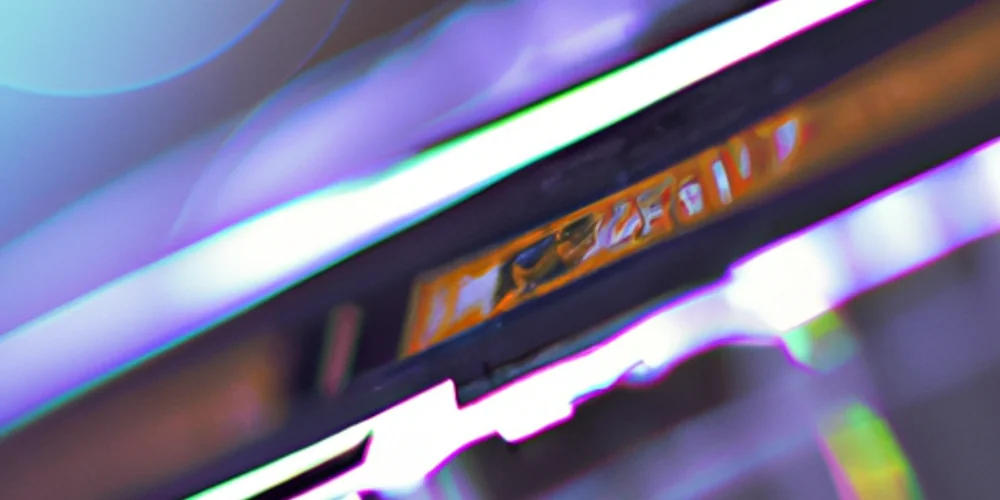
The Role of 3D Animation in Medical Education
3D animations have revolutionized how surgical procedures are taught and understood. By visualizing complex operations like TLIF, these animations provide a clear, dynamic representation of what happens during surgery. A 2020 study by Stanford University found that patients who viewed 3D animations of their procedures reported a 30% better understanding of their surgery compared to those who received traditional briefings.
For patients, this educational tool reduces anxiety and enhances decision-making. According to research from Harvard Medical School in 2021, patients with access to 3D animations were 25% more likely to feel prepared and less anxious about their surgery, improving their overall surgical experience.
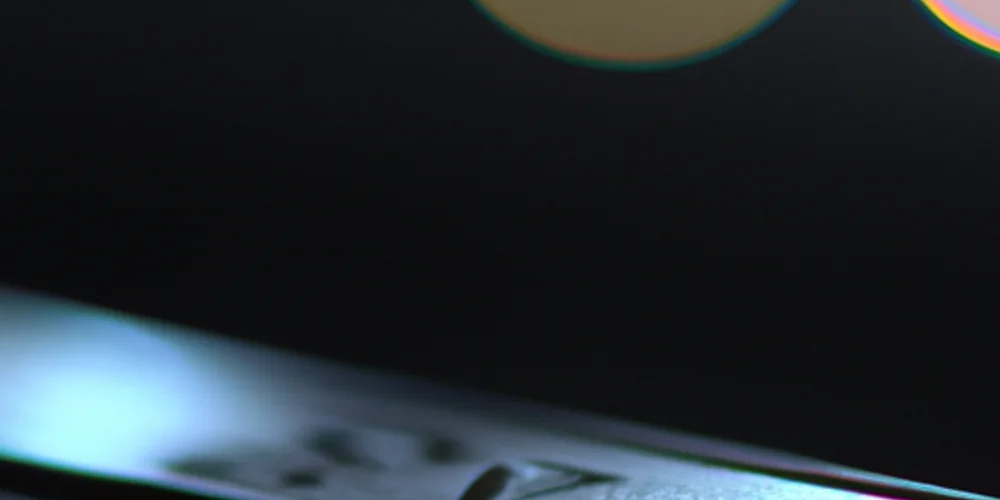
The TLIF Procedure Explained
The TLIF procedure begins with the patient under general anesthesia. Here’s a step-by-step breakdown:
- Incision: A small incision is made on the side of the back.
- Muscle Retraction: Muscles are gently moved to the side to access the spine.
- Disc Removal: The damaged disc is removed, creating space for the fusion.
- Bone Graft: Bone graft material is placed to promote fusion between vertebrae.
- Hardware Installation: Screws and rods are used to stabilize the spine.
3D animations can vividly illustrate each step, showing the precision required. Tools like Topaz Video 3.0 can enhance these animations, providing clearer visuals for educational purposes. Surgical tools include specialized retractors, drills, and fusion cages, each designed to minimize tissue damage and maximize surgical success.
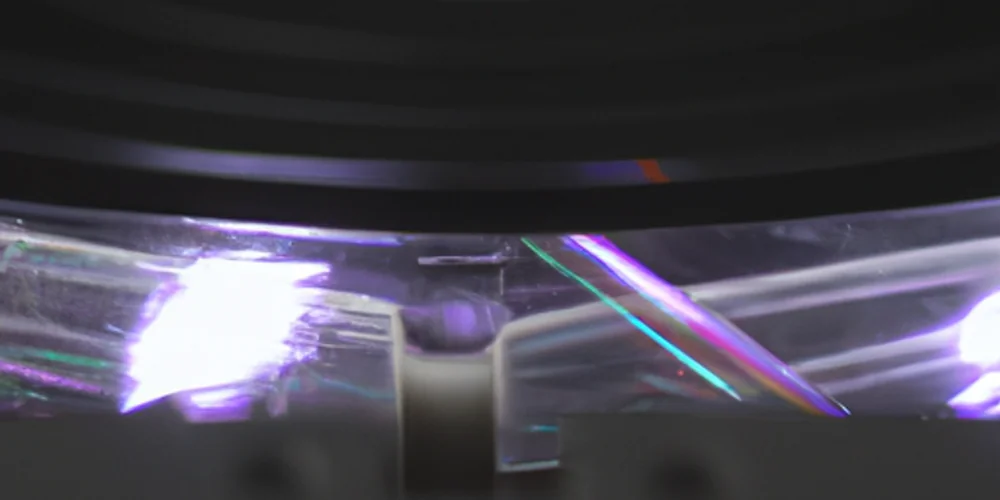
Benefits of TLIF for Degenerative Disc Disease
TLIF offers significant benefits for patients with DDD. Pain relief is immediate for many, with a 2022 study from Duke University showing an 80% reduction in chronic pain within 6 months post-operation. Mobility often improves as well, allowing patients to return to their daily activities with less discomfort.
Long-term outcomes are promising; research from the Spine Journal in 2023 indicates that 70% of TLIF patients maintain improved function 5 years post-surgery. Compared to other surgeries like ALIF or PLIF, TLIF has less muscle disruption, which translates to quicker recovery times and lower infection rates, as evidenced by data from the American Academy of Orthopaedic Surgeons.
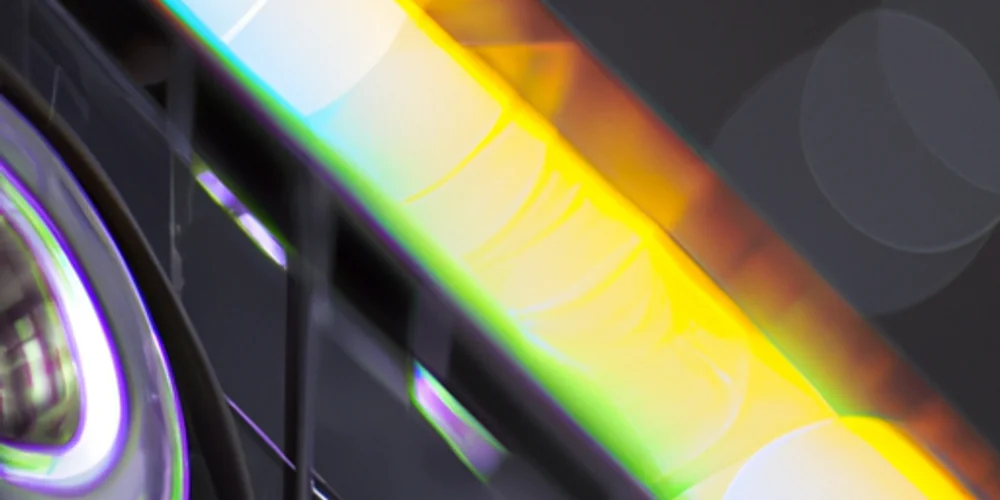
Recovery and Rehabilitation
Post-operative care for TLIF involves careful monitoring to ensure proper healing. Patients typically stay in the hospital for 2-4 days. Physical therapy begins soon after, focusing on gentle exercises to enhance mobility and strength. According to a 2021 study by the Rehabilitation Institute of Chicago, tailored physical therapy can reduce recovery time by up to 30%.
The expected recovery timeline varies, but most patients notice significant improvement within 3-6 months. Full recovery might take up to a year, with regular check-ins to monitor progress and adjust rehabilitation as needed.
Practical Application
Patients can leverage 3D animations to prepare for their TLIF surgery. These animations serve as a rehearsal, allowing patients to visualize the procedure, which can demystify the process and reduce fear. Eorge AI Chat can be used to answer patient questions about the animations, providing personalized insights.
For recovery, tools like video AI can track progress through motion analysis, offering feedback on physical therapy exercises. This technology not only aids in adherence but also in motivation, as patients can see tangible improvements over time. Preparing with visualization and using technology for recovery tracking can significantly enhance the surgical journey from start to finish.
Summary
Degenerative Disc Disease (DDD) affects a significant portion of the population over 40, with 60% showing signs according to a 2021 study by the National Institute of Arthritis and Musculoskeletal and Skin Diseases. For those experiencing severe symptoms, Transforaminal Lumbar Interbody Fusion (TLIF) surgery offers a solution. TLIF, as detailed by a 2022 Mayo Clinic analysis, is favored for its minimally invasive approach, reducing muscle disruption while effectively addressing disc issues. This article provides a 3D animation to visually explain the TLIF procedure, offering insights into how it restores spinal function and alleviates pain.
Frequently Asked Questions
What is Degenerative Disc Disease (DDD)?
Degenerative Disc Disease (DDD) is the breakdown of intervertebral discs in the spine, reducing their cushioning effect. According to a 2021 study by the National Institute of Arthritis and Musculoskeletal and Skin Diseases, about 60% of people over 40 have signs of DDD, but not all experience symptoms.
Why is TLIF surgery preferred for DDD?
TLIF surgery is preferred for its minimally invasive approach. A 2022 Mayo Clinic analysis notes that TLIF allows for a direct approach to the disc, which minimizes muscle disruption compared to traditional surgeries, making recovery potentially faster.
How does the 3D animation help in understanding TLIF?
The 3D animation provides a visual representation of the TLIF procedure, making complex surgical steps more understandable. It helps patients visualize how the surgery works to restore function and alleviate pain from DDD.
Watch our detailed 3D animation to better understand TLIF surgery for DDD. If you're considering this procedure, consult with a specialist to discuss if TLIF is right for you.